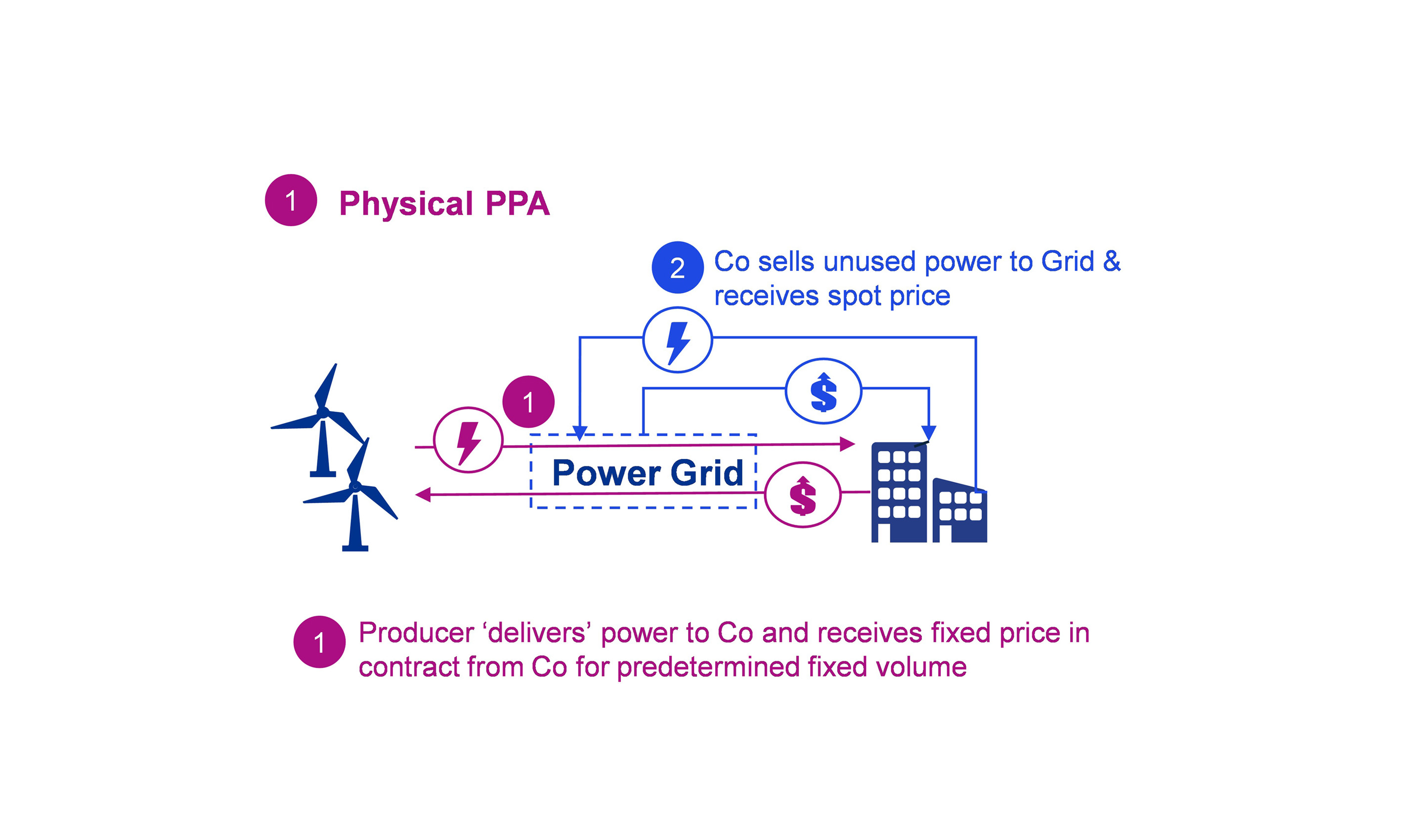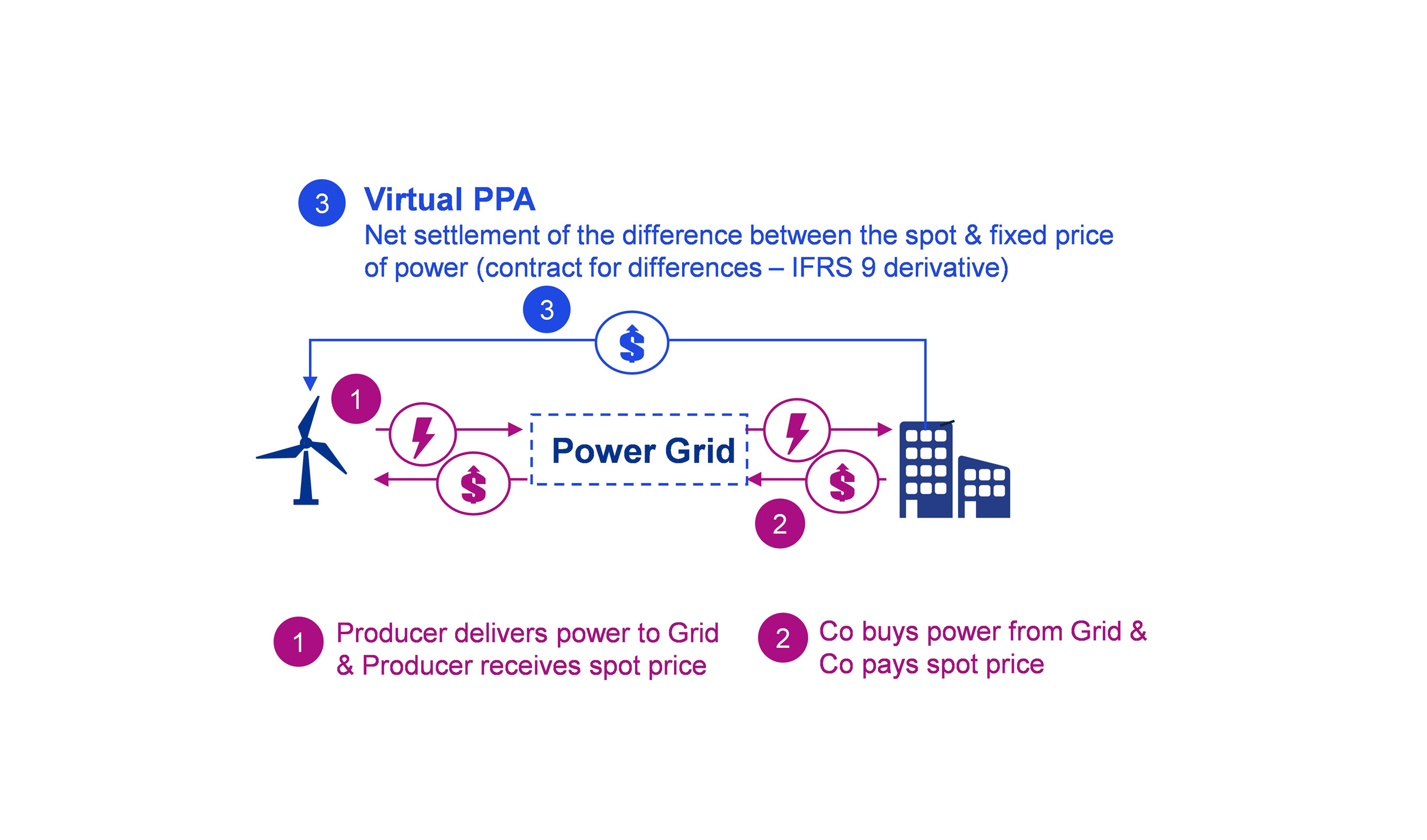Under the own use exemption, a contract that can be settled net in cash because it meets net settlement criterion (a) or (d), may still be exempt from derivative accounting if it has been entered into and continues to be held to receive or deliver the nonfinancial item in accordance with the company’s expected purchase, sale or usage requirements. IFRS 9 does not provide further guidance on how to make this assessment. In practice, this can be demonstrated as long as the company has no past practice of settling similar contracts net or trading the underlying. In our view, ‘past practice’ should be interpreted narrowly. Therefore, any regular or foreseeable events leading to net settlements or closing out of contracts would taint a company’s ability to apply the own use exemption to other similar contracts whereas infrequent historical incidences of net settlement in response to events that could not have been foreseen at inception of a contract would not.
Companies are required to reassess whether derivative accounting may be required if the own use exemption ceases to apply because of (1) decreases in expected sales, purchases or usage, (2) expected net settlements arise from supply chain disruptions, or (3) repeated instances of net settlements.
The own use exemption is not an election; it must be applied to qualifying contracts. However, to eliminate or significantly reduce any recognition inconsistency (known as an ‘accounting mismatch’) that would arise from applying the exemption, a company could elect the FVTPL designation at contract inception.






